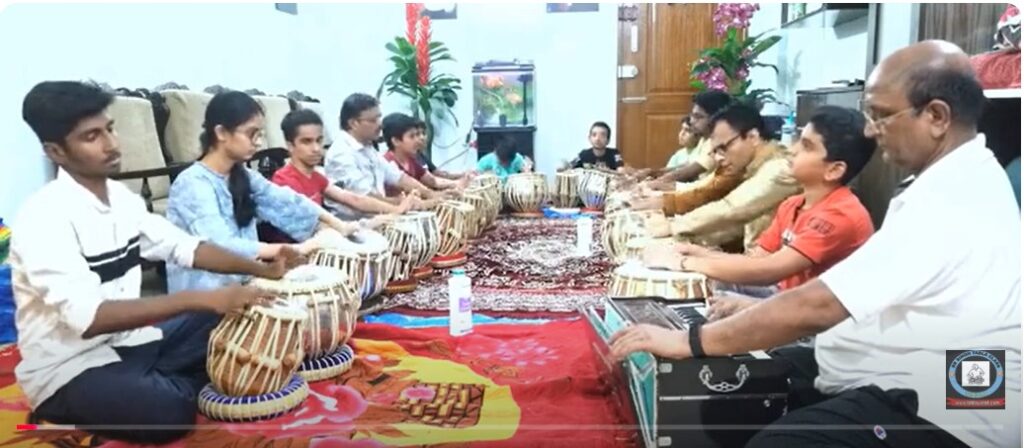Rhythmic Fire: Dha Tirkit Dha Tite Ghena in Jhaptal kayda-10 Beat,Rhythmic Fire: Dha Tirkit Dha Tite Ghena in Jhaptal (10-Beat) When rhythm breathes, music comes alive. And in Jhaptal, that breath dances with fire. Welcome to the world of tabla, where every beat tells a story and every composition sparks emotion. In this blog, we dive deep into the dynamic world of a captivating kayda — Dha Tirkit Dha Tite Ghena — played in the 10-beat cycle of Jhaptal. Get ready to explore its structure, sound, artistry, and cultural significance.
🎼 What Is Jhaptal?
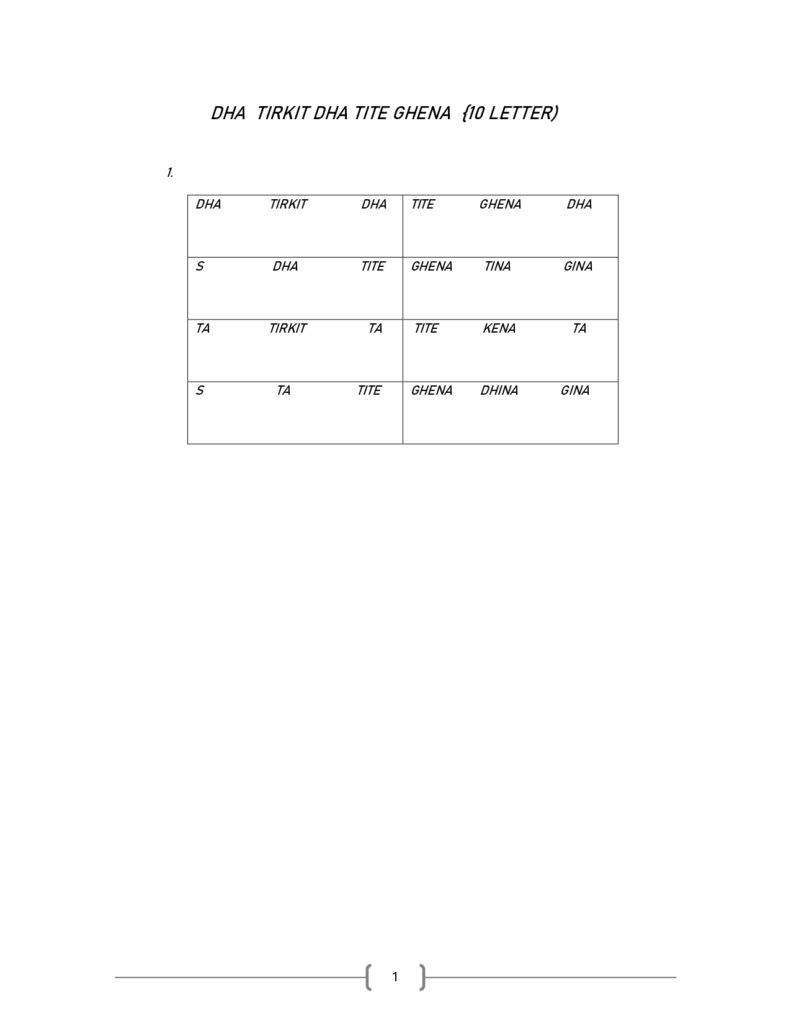
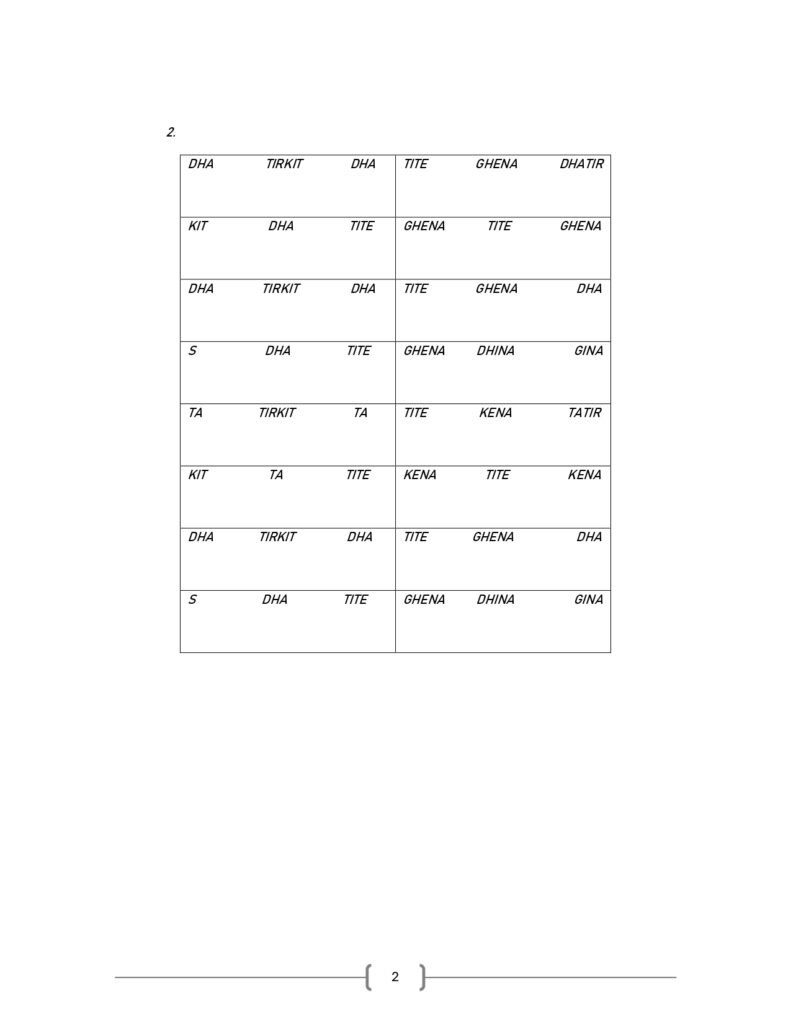
Jhaptal Structure:
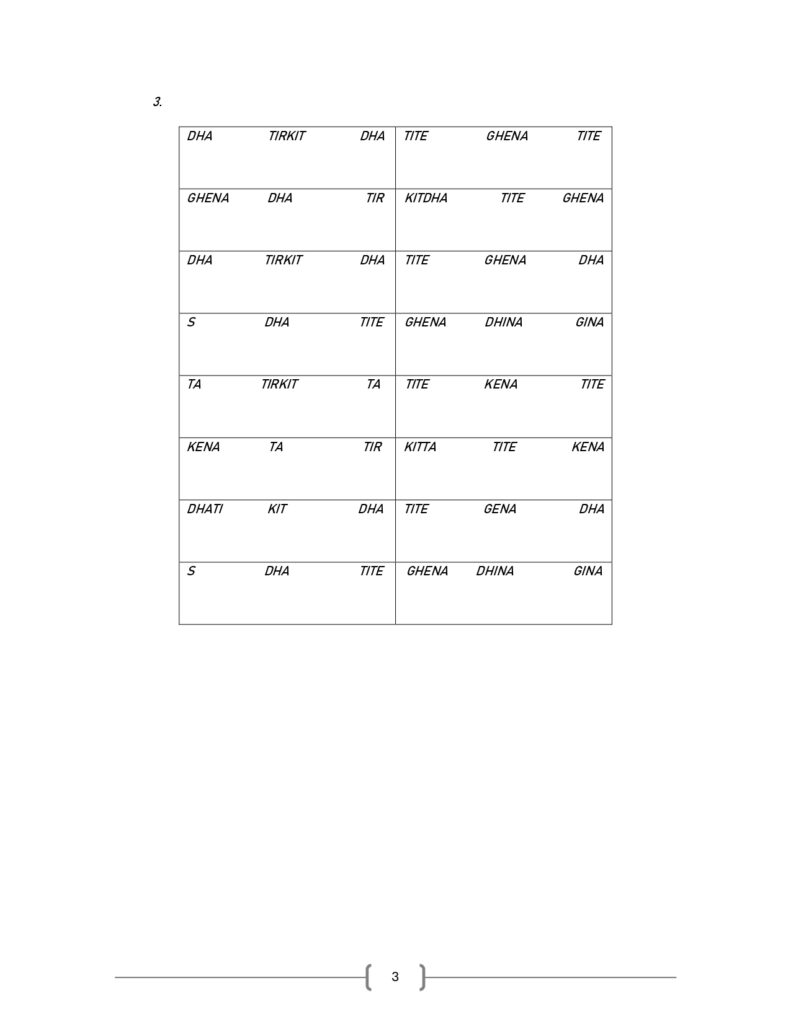
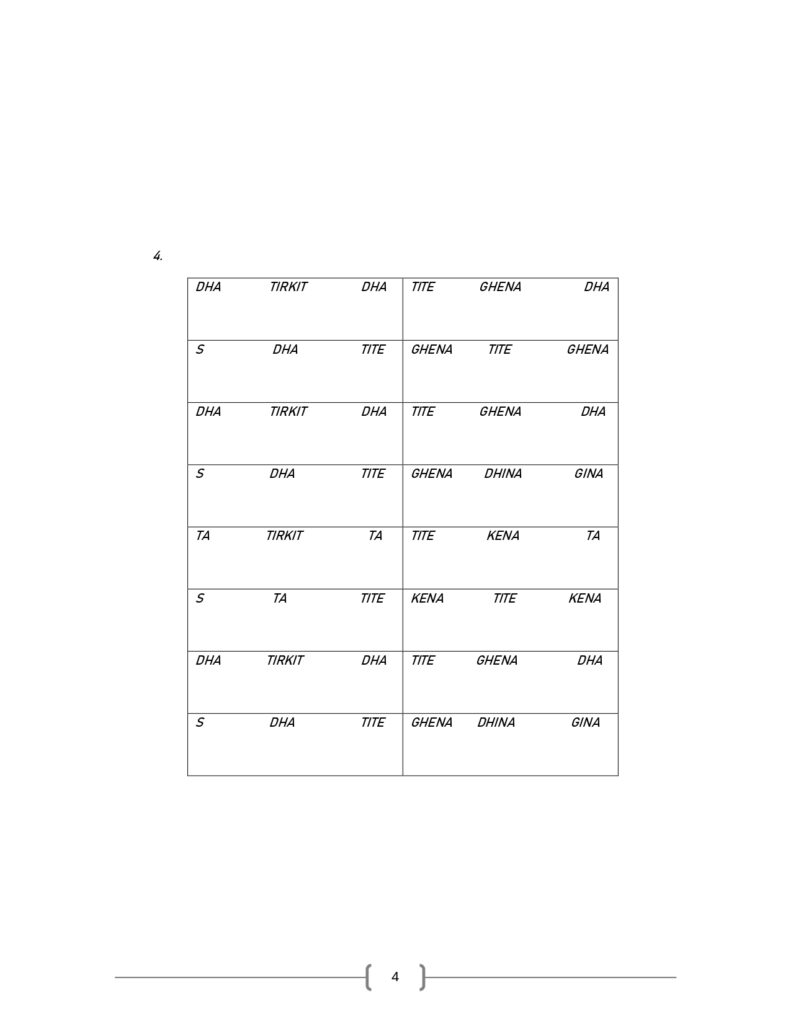
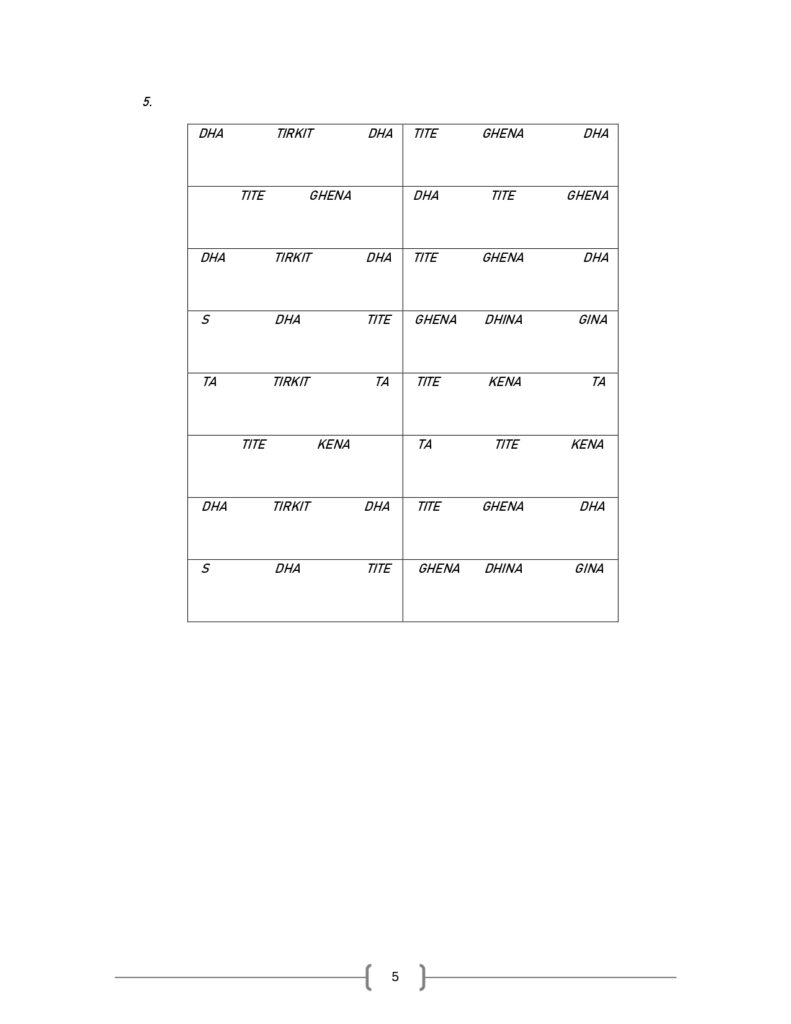
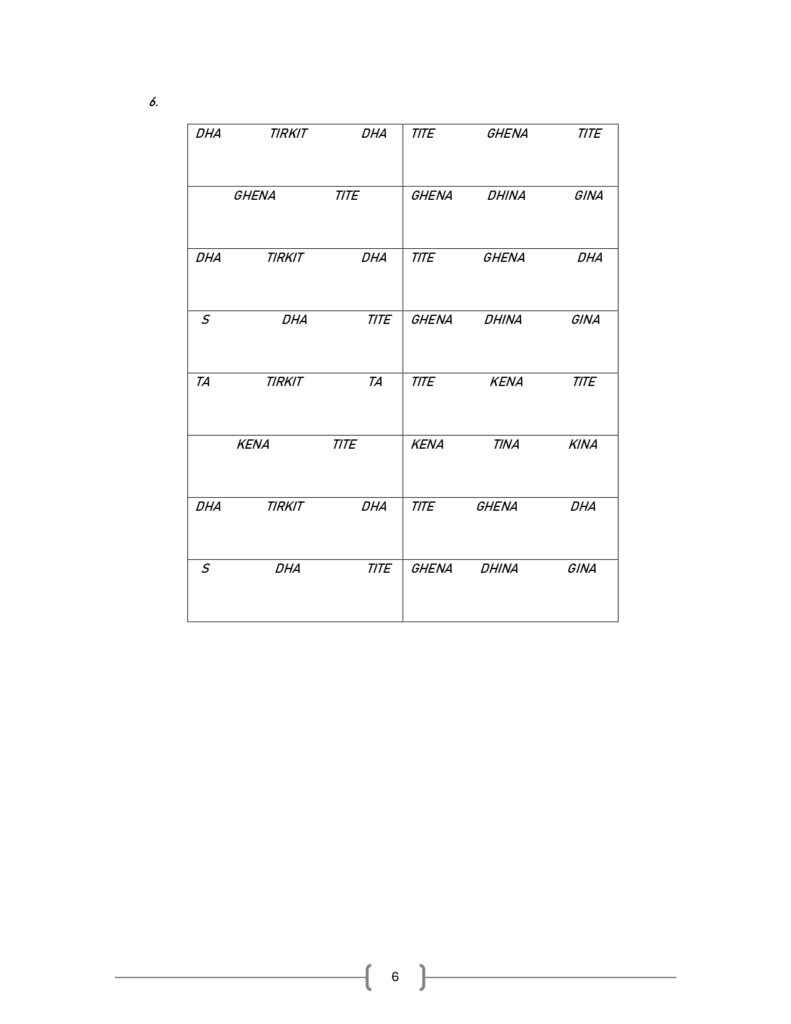
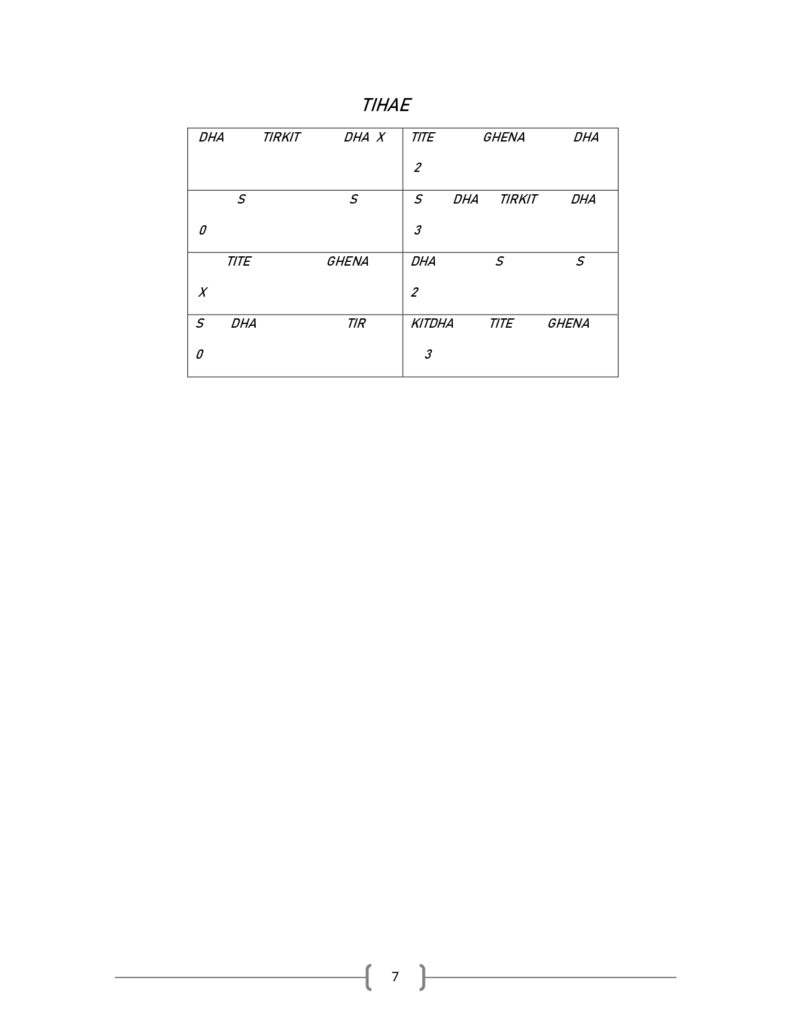
| Beat Grouping | Clapping Pattern |
|---|---|
| 2 + 3 + 2 + 3 | Clap, Wave, Clap, Clap |
Theka of Jhaptal:
nginxCopyEditDhi Na | Dhi Dhi Na | Tin Na | Dhi Dhi Na
This is the skeleton — the basic framework — of Jhaptal. But where the magic begins is when you add compositions like kaydas on top of it.
🥁 What Is a Kayda?
In tabla, a kayda is a composed improvisational piece, typically performed in a slow to medium tempo. Kaydas are governed by rules — hence the name kayda (which means “rule” or “method”) — and they feature a theme (called mukh) that is expanded through variations (paltas).
Kayda structure:
- Mukh (main phrase)
- Paltas (variations)
- Tihai (a phrase repeated three times, ending on the first beat or sam)
🔥 Kayda: Dha Tirkit Dha Tite Ghena
This kayda ignites the rhythm with dynamic strokes. Let’s break it down.
Mukh:
nginxCopyEditDha Tirkit Dha Tite Ghena
Dha Tirkit Dha Tite Ghena
This phrase repeats in a balanced yet complex way across the 10 beats. The Tirkit (a rapid-fire bol) and Tite (a crisp syncopated bol) bring sharp energy, while Ghena gives depth and resonance from the bayan (bass drum).
Breakdown of the Bols:
- Dha – both drums, open tone
- Tirkit – fast combination, mostly on the dayan (right drum)
- Tite – sharp stroke with a split hand technique
- Ghena – deep, bass-heavy sound on the bayan
Rhythm Mapping (over 10 beats):
Let’s map the phrase to the Jhaptal cycle:
CopyEdit1 2 | 3 4 5 | 6 7 | 8 9 10
Dha Tirkit | Dha Tite Ghena | Dha Tirkit | Dha Tite Ghena
It fits beautifully, and the repeating cycle drives the listener into a hypnotic groove.
🎧 Audio Demonstration
Listening is key. Notice how the rhythm loops cleanly after 10 beats and how the accents fall differently compared to a 16-beat cycle.
👑 Who Played It Best?
This kind of composition has been explored by tabla legends like Pandit Kishan Maharaj and Ustad Zakir Hussain, known for their explosive energy in Benares and Punjab gharana styles, respectively.
Recommended Performance:
Look for moments when the artist builds tension through paltas and resolves them with a tihai — this is where tabla becomes both math and magic.
💡 Interactive Learning
🧠 Mini Quiz: Match the Bol!
Match the following bols to their meaning:
| Bol | Meaning |
|---|---|
| Tirkit | ? |
| Ghena | ? |
| Tite | ? |
| Dha | ? |
🟢 Comment your answers below or share your own variation of this kayda!
🌍 Cultural Connection
Jhaptal compositions like this one often accompany Khayal vocal performances, Kathak dance, and instrumental jugalbandis. They are essential in teaching tabla students how to handle offbeat groupings and maintain groove across asymmetrical cycles.
As tabla expands globally, such intricate rhythms are finding their way into world music, electronic fusion, and film scores. Artists from Nitin Sawhney to Anoushka Shankar have adapted traditional taals into modern forms.
🎤 “Tabla’s rhythms are like ancient algorithms – endlessly generative.”
— Talvin Singh
📊 Poll: What’s Your Favorite Taal?
- Teentaal (16)
- Jhaptal (10)
- Rupak (7)
- Ektaal (12)
Vote and see what others love most!
🧘♂️ Conclusion: Feel the Fire
Dha Tirkit Dha Tite Ghena in Jhaptal is more than a kayda — it’s a rhythmic fire, a meditative chant, and a technical marvel rolled into one. Whether you’re a performer or a passionate listener, exploring this composition opens your ears to the beauty of complexity and the art of time.
